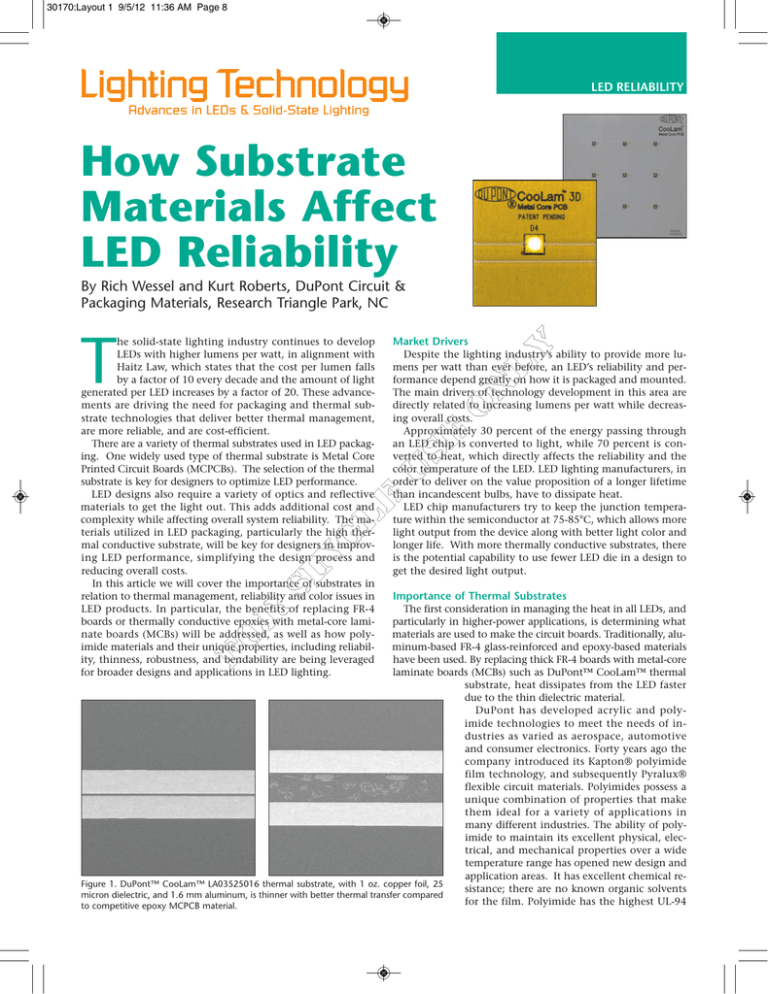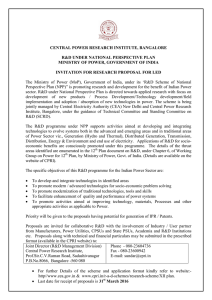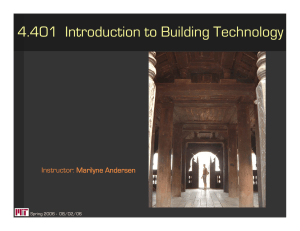
30170:Layout 1 9/5/12 11:36 AM Page 8
LED RELIABILITY
How Substrate
Materials Affect
LED Reliability
By Rich Wessel and Kurt Roberts, DuPont Circuit &
Packaging Materials, Research Triangle Park, NC
T
he solid-state lighting industry continues to develop
LEDs with higher lumens per watt, in alignment with
Haitz Law, which states that the cost per lumen falls
by a factor of 10 every decade and the amount of light
generated per LED increases by a factor of 20. These advancements are driving the need for packaging and thermal substrate technologies that deliver better thermal management,
are more reliable, and are cost-efficient.
There are a variety of thermal substrates used in LED packaging. One widely used type of thermal substrate is Metal Core
Printed Circuit Boards (MCPCBs). The selection of the thermal
substrate is key for designers to optimize LED performance.
LED designs also require a variety of optics and reflective
materials to get the light out. This adds additional cost and
complexity while affecting overall system reliability. The materials utilized in LED packaging, particularly the high thermal conductive substrate, will be key for designers in improving LED performance, simplifying the design process and
reducing overall costs.
In this article we will cover the importance of substrates in
relation to thermal management, reliability and color issues in
LED products. In particular, the benefits of replacing FR-4
boards or thermally conductive epoxies with metal-core laminate boards (MCBs) will be addressed, as well as how polyimide materials and their unique properties, including reliability, thinness, robustness, and bendability are being leveraged
for broader designs and applications in LED lighting.
Market Drivers
Despite the lighting industry’s ability to provide more lumens per watt than ever before, an LED’s reliability and performance depend greatly on how it is packaged and mounted.
The main drivers of technology development in this area are
directly related to increasing lumens per watt while decreasing overall costs.
Approximately 30 percent of the energy passing through
an LED chip is converted to light, while 70 percent is converted to heat, which directly affects the reliability and the
color temperature of the LED. LED lighting manufacturers, in
order to deliver on the value proposition of a longer lifetime
than incandescent bulbs, have to dissipate heat.
LED chip manufacturers try to keep the junction temperature within the semiconductor at 75-85°C, which allows more
light output from the device along with better light color and
longer life. With more thermally conductive substrates, there
is the potential capability to use fewer LED die in a design to
get the desired light output.
Importance of Thermal Substrates
The first consideration in managing the heat in all LEDs, and
particularly in higher-power applications, is determining what
materials are used to make the circuit boards. Traditionally, aluminum-based FR-4 glass-reinforced and epoxy-based materials
have been used. By replacing thick FR-4 boards with metal-core
laminate boards (MCBs) such as DuPont™ CooLam™ thermal
substrate, heat dissipates from the LED faster
due to the thin dielectric material.
DuPont has developed acrylic and polyimide technologies to meet the needs of industries as varied as aerospace, automotive
and consumer electronics. Forty years ago the
company introduced its Kapton® polyimide
film technology, and subsequently Pyralux®
flexible circuit materials. Polyimides possess a
unique combination of properties that make
them ideal for a variety of applications in
many different industries. The ability of polyimide to maintain its excellent physical, electrical, and mechanical properties over a wide
temperature range has opened new design and
application areas. It has excellent chemical reFigure 1. DuPont™ CooLam™ LA03525016 thermal substrate, with 1 oz. copper foil, 25
sistance; there are no known organic solvents
micron dielectric, and 1.6 mm aluminum, is thinner with better thermal transfer compared
for the film. Polyimide has the highest UL-94
to competitive epoxy MCPCB material.
30170:Layout 1 9/5/12 11:37 AM Page 9
LED RELIABILITY
Thermal Substrate Lifetime vs. Temperature Range
at Use Conditions
35
DuPont™ CooLam™
30
Competitive Product
Life time (year)
flammability rating – V-0 – and does not melt or burn. Its outstanding properties permit it to be used at both high and low
temperature extremes where most other organic polymeric
materials would not be functional.
While polyimide laminates were not made with LEDs in
mind, the properties they demonstrate make it ideal for adoption by the solid-state lighting industry. The developments in
the LED industry, as well as the high power/heat dissipation
and electrical requirements, create the perfect intersection of
market needs and materials science.
25
20
15
10
5
0
Benefits to the Lighting Industry
35
CooLam™ thermal substrates were developed for use in submount, chip-on-board, and metal core PCB LED packaging applications. These thermal-clad laminates are a composite of
metal foil and proprietary thermally conductive polyimide dielectric bonded to a metal base, and they provide an ideal insulated metal substrate for high-brightness LED lighting.
The thin polyimide layer (Figure 1) exhibits very low thermal resistance. This thin dielectric layer allows for heat to pass
readily while accommodating smaller packages. The dielectric
is placed between the copper layer that fabricators convert to
pads to mount the LED chip and the aluminum heat sink.
Additionally, in testing for breakdown voltage and sustained voltage, the polyimide demonstrates extreme dielectric
strength that reaches the levels required by the lighting industry to receive UL recognition. These properties are important
in the lighting world to ensure UL recognition of a luminaire
or replacement bulb, and UL looks at both the materials used
as well as how the components and device are fabricated.
The reliability and robustness of polyimide-based thermal
substrates enhances the lifetime benchmarks set for LEDs, as
the LED chip’s performance is only as reliable as the materials
in which it is packaged (Figure 2). Thermal cycle testing is one
measure of an overall system’s reliability with a variety of failure modes. One such failure mode would be lead-free solder
cracking. This can occur because of the transfer of mechanical
force due to the coefficient of thermal expansion mismatch
that exists between metals. The aluminum (base) will grow at
20 parts per million, dielectric at 35 parts per million, copper
at 12 parts per million, Sn-Ag-Cu (SAC) solder at 17 parts per
million, and ceramic at 8 parts per million. Something has to
give and usually it’s the solder. One must also consider the
modulus, or relative stiffness, of the materials as well.
Polyimide material is 85 megapascals and the competitive
material is 80,000 megapascals. The polyimide material acts like
a stress buffer and won’t transfer that mechanical stress through
the stack, resulting in a longer life for the LED package.
40
45
50
55
60
65
70
75
80
85
Temperature range at use conditions (C)
Figure 2. Lifetime results of thermal substrates based on 3000 cycles of thermal cycle testing for CooLam™ and 500 cycles for competitive product.
Figure 3. New materials are enabling 3D LED designs. Shown here is a
sample of DuPont™ CooLam™ 3D thermal substrate used in an A19
replacement bulb design concept.
lighting industry designed for LEDs was flat. But the bendable
polyimide substrate shows promise to allow lighting companies to direct and control the light output of the LEDs by
bending the board and directing light where it is needed.
The next generation of this technology allows a user to do
a one-time bend of aluminum, dielectric and copper together
(Figure 3). With the current technology, lighting designers
have to use optics and diffusers or multiple boards that they
have to solder together. But a bendable substrate will allow
simplified designs that will cost less to manufacture and less
to install, and will last longer over time.
Conclusion
Future Designs
Another recent advancement in technology is a unique way
to bond copper to aluminum with a polyimide dielectric that
results in a novel bendability that has the potential to revolutionize luminaire and fixture design in the years to come.
When the solid-state lighting industry first began, manufacturers used either FR4, which is rigid, or metal core printed circuit board, which is an aluminum plate, so everything the
The key to LEDs delivering on their promise of longer life
and more efficient electrical performance is in controlling the
heat inside the LED chip package. The most effective way to
do that is with substrate materials that dissipate heat conductively through the package while providing additional benefits, such as MCPCBs that are bendable, that will transform
solid-state lighting designs and the lighting industry itself.
For more information, visit http://info.hotims.com/40435-301.
Reprinted from Lighting Technology, July/August 2012. On the web at www.lightingtechbriefs.com.
© 2012. All Rights Reserved. Foster Printing Service: 866-879-9144, www.marketingreprints.com.
http://coolam.dupont.com




